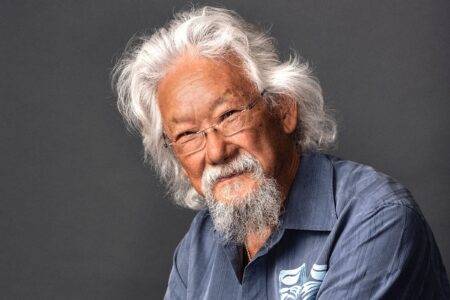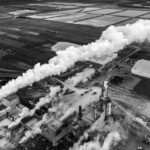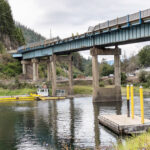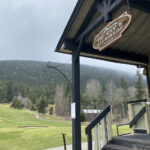Free soil seminar hosted by community garden
A large percentage of Boundary Country residents enjoy agriculture in some form or another. For some, gardening is a passion; for others, nurseries are their line of work. These individuals are intimate with the plants they grow and certainly find a sense of pride in the accomplished work. But how many consider the soil as a living crust of the earth and not just as dirt to keep plants in place? Kettle Valley Community Garden members and prospective members alike participated in a ‘soil seminar’ instructed by Gaia Green Products Ltd.’s own Michael and Andres Dean who shared their knowledge of soil, troubles with the industry, and why the business was formed. The Dean’s are adamant about natural processes and revealed much about what cannot be seen. “In each handful of soil are hundreds of thousands, if not hundreds of millions, of microorganisms… which are in a symbiotic relationship with the macro-organisms (plants),” explained Michael Dean. The microscopic bacteria in dirt break down and release nutrients to be absorbed by plants, while the plants photosynthesize sunlight which will also aid the organisms. It’s a mutually beneficial relationship. Not surprisingly, some organisms absorb and release very different minerals. Plants too, require differing minerals for their growth and to suppress disease. A myriad of minerals is what will create healthy and sustainable topsoil. Chemical fertilizers have three main ingredients, Dean demonstrated. They are known in the industry by an acronym of their periodic table letters: NPK – Nitrogen, Phosphorus, and Potassium. For years, these elements have been added into soluble mixtures to help plants grow. “Plants enhanced with nitrogen will grow too fast; it won’t have a balanced growth from all the other minerals it needs to be hardy or delicious,” Dean said. “What’s worse is that when NPK spray is used, only one-third is actually absorbed by the plant. One-third of fertilizer leaches into the ground, likely ending up in the water supply, while another one-third evaporates and winds up as air pollution.” Gaia Green’s product line is centric on sustainable solutions. Their all purpose fertilizer is made up of 10 very unique compositions. Also demonstrated was glacial rock dust which was simply sprinkled over the dirt until nearly covered. “We made the product because of the information,” elaborated Michael Dean, “the best way to feed a plant is to feed the soil.”
Participants were impressed and asked a lot of questions. Topics of note dealt with soil acidity balance levels, worm castings, and how much is ‘too much.’






















